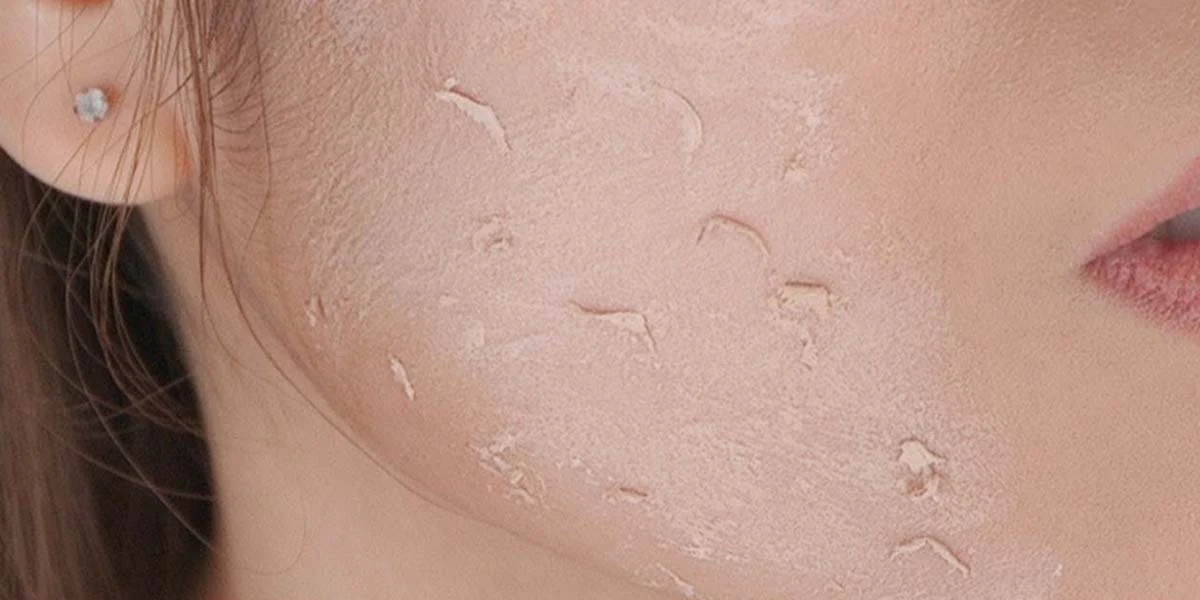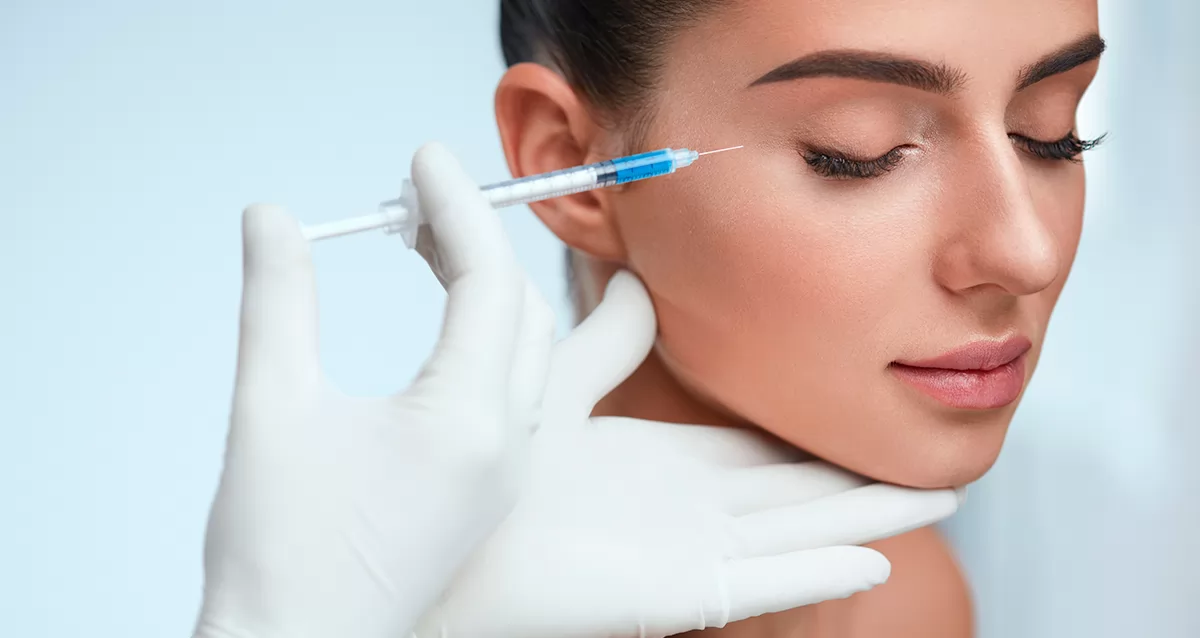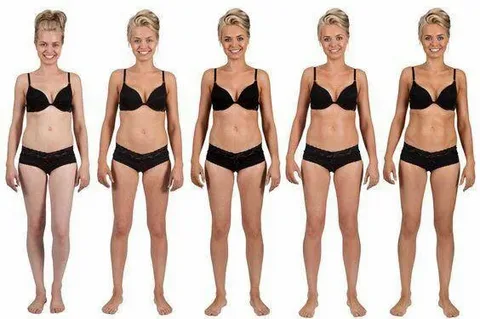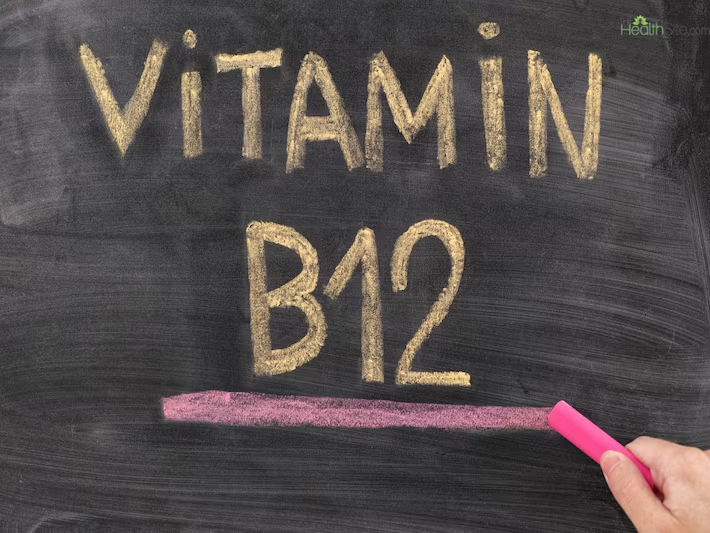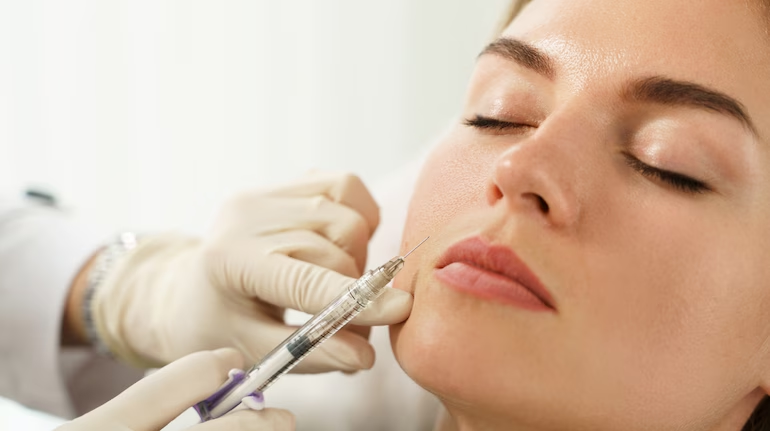Excessive Product Application: The epidermis can only absorb a certain amount of product. When excessive quantities are applied, the skin becomes saturated, and the surplus remains on the surface, leading to pilling.
Skin pilling is a common dermatological issue that occurs when skincare products fail to fully absorb into the skin, leading to the formation of small clumps or “pills” on the skin’s surface.
This phenomenon can interfere with the efficacy of skincare treatments and result in an uneven skin texture shared by Dr Prerna Sikka, Dermatologist, and Dr Karishma, Aesthetics.
What Is Skin Pilling?
Skin pilling refers to the accumulation of partially absorbed skincare products on the epidermis, the outermost layer of the skin. When products do not penetrate effectively, they can dry on the skin’s surface and coalesce into tiny granules. This not only affects the appearance of the skin but also compromises the absorption and effectiveness of other active ingredients in skincare formulations.
Causes of Skin Pilling: Excessive Product Application: The epidermis can only absorb a certain amount of product. When excessive quantities are applied, the skin becomes saturated, and the surplus remains on the surface, leading to pilling.
Formulation Incompatibilities: Certain formulations, particularly those containing silicones, heavy oils, or incompatible polymers, can form a barrier on the skin. This barrier prevents other products from penetrating, resulting in pilling.
Improper Application Techniques: Vigorous application of products can disrupt the stratum corneum, leading to the aggregation of product on the surface. Additionally, inadequate time intervals between applications can prevent proper absorption, increasing the likelihood of pilling.
Using Expired Products: Products that are past their expiration date or have been compromised in some way may lose their ability to absorb effectively, resulting in skin pilling.
Strategies to Prevent Skin Pilling: Simplify Your Skincare Routine: Limit the number of products applied during a single routine. A minimalistic approach, focusing on essential and targeted skincare, can reduce the risk of overwhelming the skin and prevent skin pilling.
Ensure Formulation Compatibility: Opt for skincare products that are chemically compatible. Water-based formulations generally have a higher rate of absorption when layered, compared to oil-based products. Utilizing products from the same line can also help ensure compatibility.
Allow Adequate Absorption Time: Ensure each product has been fully absorbed into the epidermis before applying the next. Waiting at least one to two minutes between layers can enhance absorption and reduce pilling.
Moderate Product Usage: Apply products in moderation, as overuse can lead to product build-up and pilling. A pea-sized amount of product is sufficient in most cases.
Gentle Application: Use light patting motions instead of vigorous rubbing to apply products. This keeps the barrier intact and promotes better absorption.
Product Integrity: Regularly check the expiration dates of skincare products and replace them as needed to ensure they maintain their efficacy and absorption properties.
Skin pilling, while common, can be effectively managed through careful selection of products, proper application techniques, and a streamlined skincare routine. By understanding the underlying causes and adopting preventive strategies, you can maintain a smooth, even skin texture and get the best benefits from your skincare routine.
Source – Zeenews India
